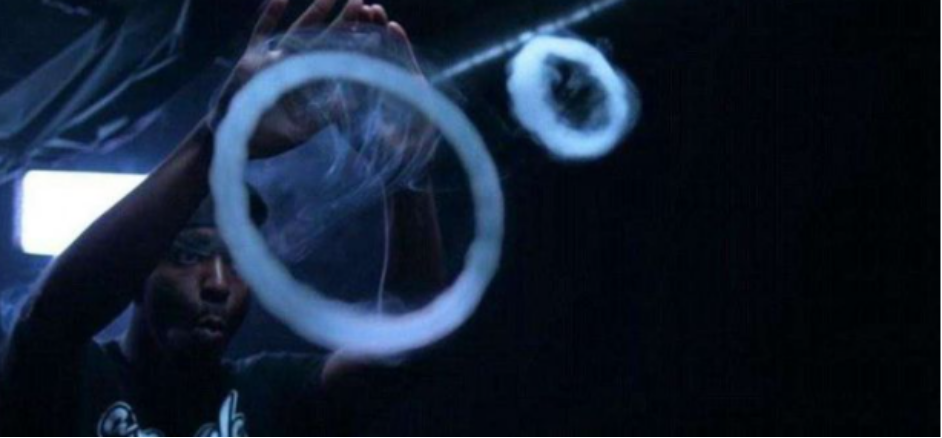Christmas legends
Christmas is coming, so how much do you know about Christmas legends? Let’s find out together. It is said that Jesus was conceived by the Holy Spirit and was born by the Virgin Mary. God sent a messenger Gabriel. To tell Joseph in his dream that instead of rejecting Mary because she was unmarried and pregnant. He would marry her and call the child Jesus, meaning that he would save the people from their sins. When Mary was about to be born. The Roman government ordered all the people to declare their residence registration in Bethlehem. Joseph and Mary had to obey. When they arrived in Bethlehem. It was already dark, but they could not find a hotel to stay, only a barn to stay. Just then, Jesus was about to be born. So Mary gave birth to Jesus only in the manger. In order to commemorate the birth of Jesus. The following generations set December 25 as Christmas and celebrated the birth of Jesus with annual mass.

Christmas customs in various countries:
France
Children of East France have an evil visitor to keep them behaving all year long. Le Pere Fouettard, which translates into “The Whipping Father,” accompanies Saint Nicolas in on December 6. While St. Nick gives good children presents, Le Pere Fouettard gives coal and whippings to the naughty children.
One of the most popular origin stories of the character says that he was a greedy innkeeper who killed three rich boys on their way to boarding school. In many versions of the story, he even eats the children. Whether or not he cannibalizes the boys, the story ends when Saint Nick finds out and resurrects the children and forces Le Pere Fouettard to act as his servant throughout time.
Aside from The Whipping Father, another popular French tradition involves making a cake that looks like a traditional Yule log, known as Buche de Noel. Christmas trees never really caught on in the country and while most people don’t have any use for an actual Yule log, the cake is a fun and festive substitute. Some of the Buche de Nol can get fairly elaborate and even involve meringue mushrooms and edible flower decorations.
Germany
Belsnickel is the German Santa’s dark enforcer, but he’s not nearly as evil as Krampus or The Whipping Father. Instead, he just wears fur from head to toe and gives good girls and boys candy and bad children coal and switches.
Many are decorated with a wreath known as an “Adventskranz.” These wreaths have four candles which serve as a sort of weekly advent calendar, as each Sunday marks the opportunity to light a new candle.
On December 21, St. Thomas Day is believed to be the shortest day of the year and anyone who arrives late to work is called a “Thomas Donkey.” They are also given a cardboard donkey and made fun of throughout the rest of the day.
Like many places in Europe, the Christmas tree is kept secret from the children until Christmas Eve. The parents bring the tree in, decorate it with candies, tinsel, lights, and toys, put presents and plates of candy treats under the tree and then ring a bell signaling that the children can enter. The children then get to eat snacks and the whole family opens presents.
Italy
In Italy, there is no Santa, but instead, they’re a woman called a Befana that performs the general duties of Saint Nick. The story is that the three wise men stopped during their travels and asked a woman for food and shelter. She said no, but later realized her mistake when it was too late. She now travels the earth looking for the baby Jesus and on January 6th, she leaves kids a sock filled with candy or a lump of coal.
Spain
Spain’s celebrations vary greatly depending on the region. In the Basque regions, the Santa role is filled by Olentzero, a fat man in a beret who smokes a pipe. He used to be an enforcer against naughty children who were said to throw a sickle down the chimney to cut the throats of kids who didn’t sleep. Nowadays though, he is a positive character like Santa that only brings good presents.
In the Catalan region, families “feed” a little log called a “Caga Tio” every night from the 8th to the 23rd. On Christmas Eve, the family hits the log with a stick to release sweet treats that have been hidden in his hollow center. If you hadn’t guessed yet, “Caga Tio” translates to “pooping log.”
The celebration ends when the log poops out something decidedly not sweet, usually a dried herring, an onion or a head of garlic. Catalans must enjoy poop jokes because aside from their pooping log, they also celebrate with a “Caganer,” a nativity scene character that is seen to be pooping in the corner of the scene.
Finland
Finnish people honor their departed loved ones on Christmas Eve by visiting the cemeteries and leaving candles on the graves of their family members. If they live too far away to visit their loved one’s graves, most graveyards have an area you can light a candle to remember those buried in other cemeteries. The soft snow and gentle glow of the candles make graveyards a very beautiful place to visit on Christmas Eve.
Advken’s staff wishing you peace, joy, and happiness through Christmas and the coming year. May happiness follow you everywhere …just as we do.












